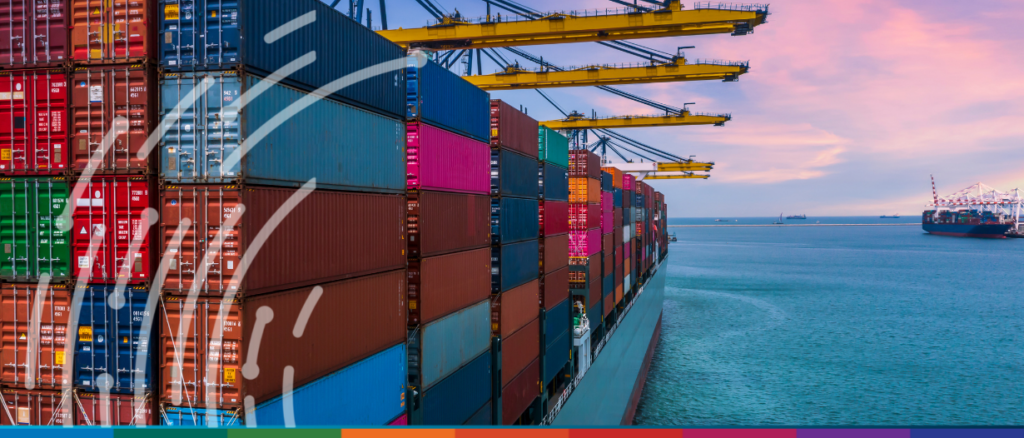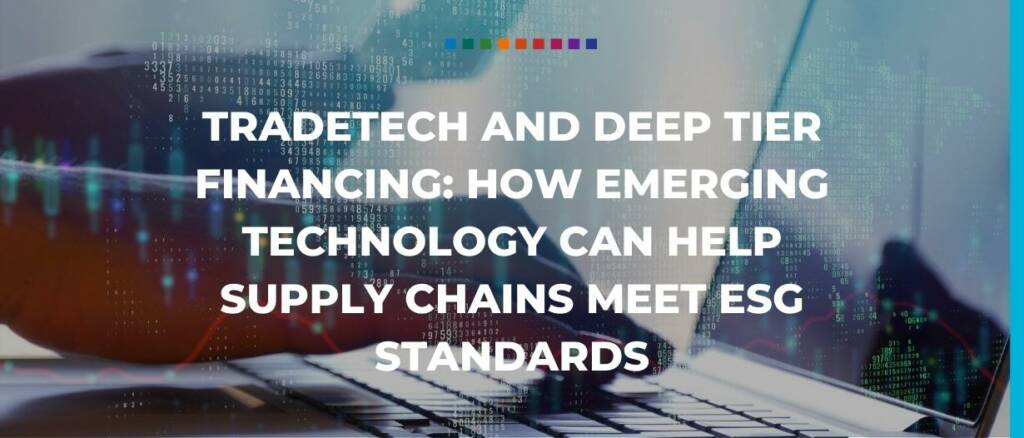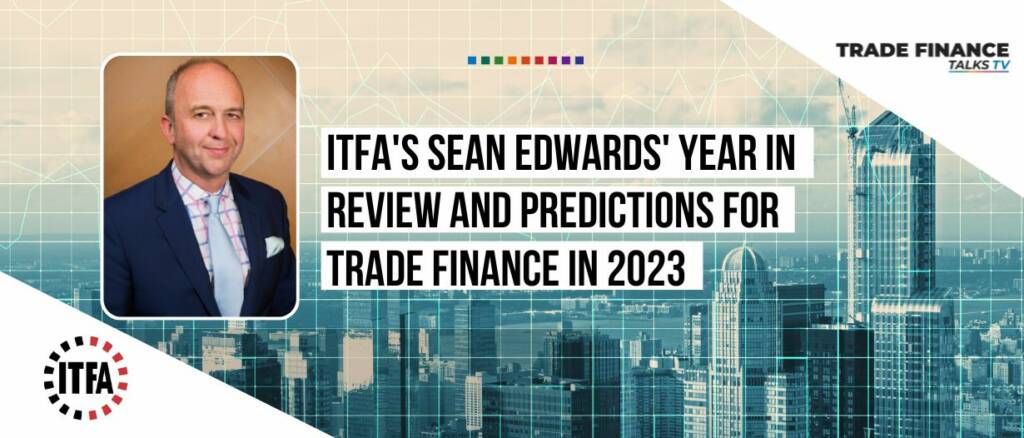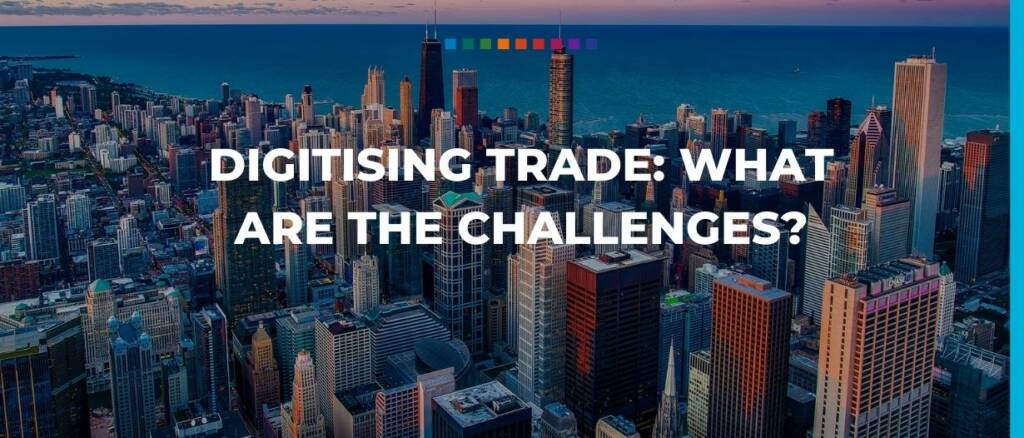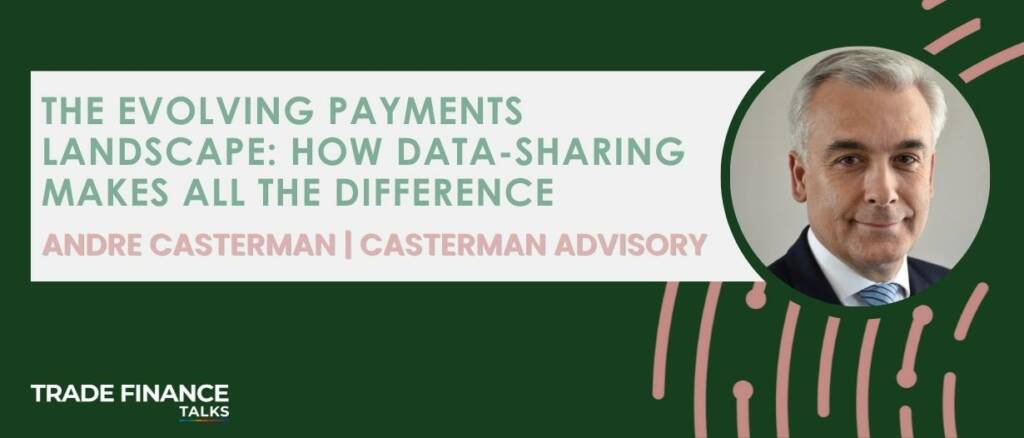Tata Power, an integrated power company in India, has partnered with Contour, a digital trade finance network based out of Singapore, to make its financial management process more robust, transparent… read more →
Surecomp today announced that it is partnering with WAVE BL, a blockchain-based digital platform, to further enhance digital trade finance workflows by enabling access to electronic bills of lading in… read more →
CargoX, a document transfer solutions provider, today reported an increase in the number of users of the CargoX platform to simplify and expedite electronic trade documents and facilitate Advance Cargo… read more →
Iain MacLennan, VP of product management and trade at Finastra, and Patrik Zekkar, CEO of Enigio, Patrick DeVilbiss, head of product at CGI and Alisa DiCaprio, chief economist at R3, provided us with their predictions for the trade technology landscape in 2023.
In TFG’s conversations with industry experts, we have learned quite a lot about trade volumes and commodities, trade technology, and trade credit insurance. While there is plenty of uncertainty regarding the global outlook in 2023, it is clear that there are many areas of optimism for international trade.
There is little doubt that 2022 has been an unprecedented year and for better or for worse, there has been a lot that has happened in the trade, treasury, payments and supply chain spaces.
Alex Gray, head of trade finance at The London Institute of Banking & Finance, explains why the staff at trade banks will have an important role to play in gathering and utilising ESG data from supply chains
According to Edwards, reducing the record-high $1.7 trillion USD global trade finance gap will be amongst the most important considerations facing the trade finance industry in 2023. The trade finance sector is developing several tools to address this issue.
Global trade often relies on processes and systems that have been in place for a number of years. For many companies, these ways of working are important to how businesses… read more →
The evolution of cross-border payments is more exciting than ever. However, for banks, the priority is to use the payment data for compliance and differentiation. So, get your data in order.

















